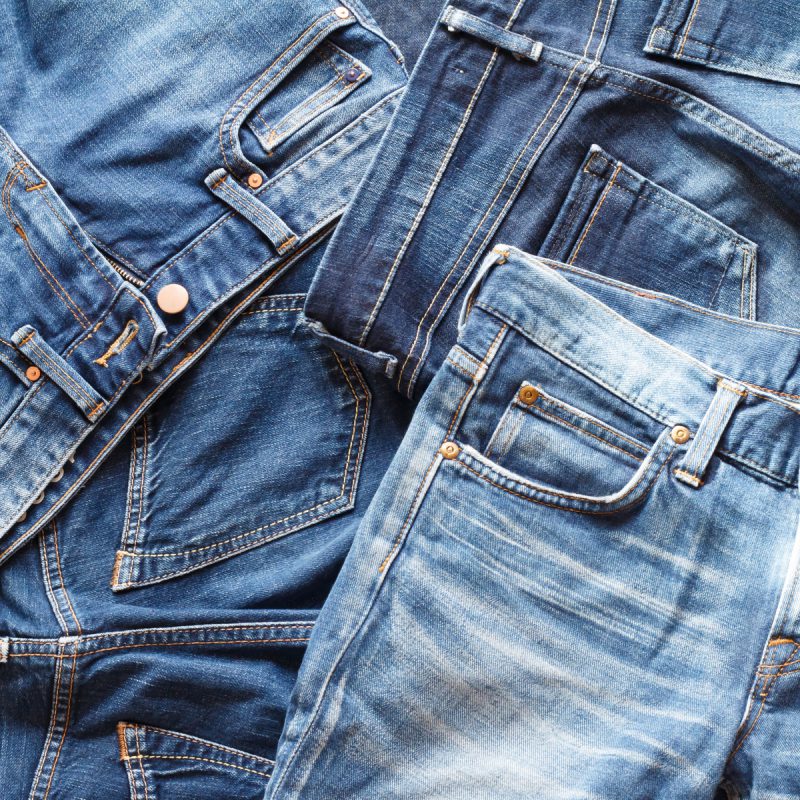Modern people are more environmentally conscious than ever. We focus on reducing our carbon footprint by turning off the lights and conserving water. While these things are essential to the sustainability of our planet, they are only the tip of the iceberg. Even the most environmentally conscious of us may be harming the environment without even realizing it! Even the most everyday things can have a negative environmental impact.
Smartphones
Smartphones have become an ever-present necessity of the twenty-first century. We use them to socialize, conduct research, and entertain ourselves.
However, a new study from McMaster University discovered that the production process of smartphones creates over 90% of the device’s CO2 emissions. Since smartphones only last an average of two years, they are considered disposable, keeping production at an all-time high.
Purchasing one new phone requires as much energy as operating and charging a smartphone for ten years! Thankfully, there is a way around the negative environmental impact of smartphones. Instead of purchasing a new phone, keep your old phone’s software up to date. If all else fails, consider buying a pre-owned smartphone instead. This will save you money and help the planet!
Denim Fabric
The production of denim has a negative environmental impact. Companies like Levi’s can use over 300,000 liters of water to make one pair of jeans. This vast amount of resources seems even larger when you consider the average American owns several pairs.
Most jeans are made with a cotton blend, and cotton is considered a “thirsty” crop. It takes over 7,000 gallons of water to produce a little over two pounds of cotton to use for jeans.
Not to mention, the water consumption is only the tip of the iceberg when it comes to jeans. Denim manufacturers use many different chemicals, such as bleaching and oxidizing agents, in the production process. This causes increased emissions and poor working quality in factories.
In an effort to reduce their carbon footprint, Levi’s introduced jeans produced with less water in 2011. So far, they’ve saved over 3 billion liters of water. Even though buying denim can cause harm to the planet, you can reduce the risk by only owning one or two pairs, purchased from sustainable brands.
Read More: How to Add Sustainable Fashion to Your Closet
Cooking
Cooking is an integral part of our lives, but we rarely stop to ask ourselves how it can impact our environment. A research study from the Yale Environmental Review suggests these actions have an immediate, negative environmental impact.
Food preparation contributes 8% to 16% of the national energy consumption in the USA. This is due to the conversion from coal to electricity by conventional power plants. The effects of cooking linger after the meal is done.
There are several aspects to consider when reducing your carbon footprint while cooking. Gas stoves are only 40% energy efficient while electric stoves are 80% efficient. Even the type of cookware you use can reduce the negative impact on the environment. Copper or iron pans are the best options when using the stovetop.
Contemporary cooking devices, such as microwaves and rice cookers, are less harmful than traditional stoves. It’s important to conserve as much energy as possible. Make sure to only use the stove or oven when you have to, and turn it off when it’s not in use.
Keurigs
Keurigs came onto the scene and revolutionized our daily coffee experience. Having to brew an entire pot of coffee became a thing of the past. K-Cups, the Keurig-branded, single-serve pods that allow users to create a cup of coffee instantly, are convenient and present in enough variety for everyone to be happy.
However, an overlooked side effect of these coffee pods is the amount of waste they produce. K-Cups are not recyclable or biodegradable. This makes them almost impossible to dispose of properly, contributing to the amount of plastic waste generated in the world.
Even limiting your K-Cup use to once a week or less can help the environment. Even though K-Cups have a negative environmental impact, you can use your Keurig responsibly. Purchasing a reusable K-Cup, or biodegradable coffee pods, are great alternatives! You could switch to Keurig’s competitor Nespresso. Nespresso uses a pod recycling program to decrease your carbon footprint and keep your morning coffee guilt-free.
Read More: Companies Crushing It
Choosing sustainable alternatives to everyday items is key to keeping your home environmentally friendly! Make a change today, and know that you’re helping the planet with every sustainable choice you make.

